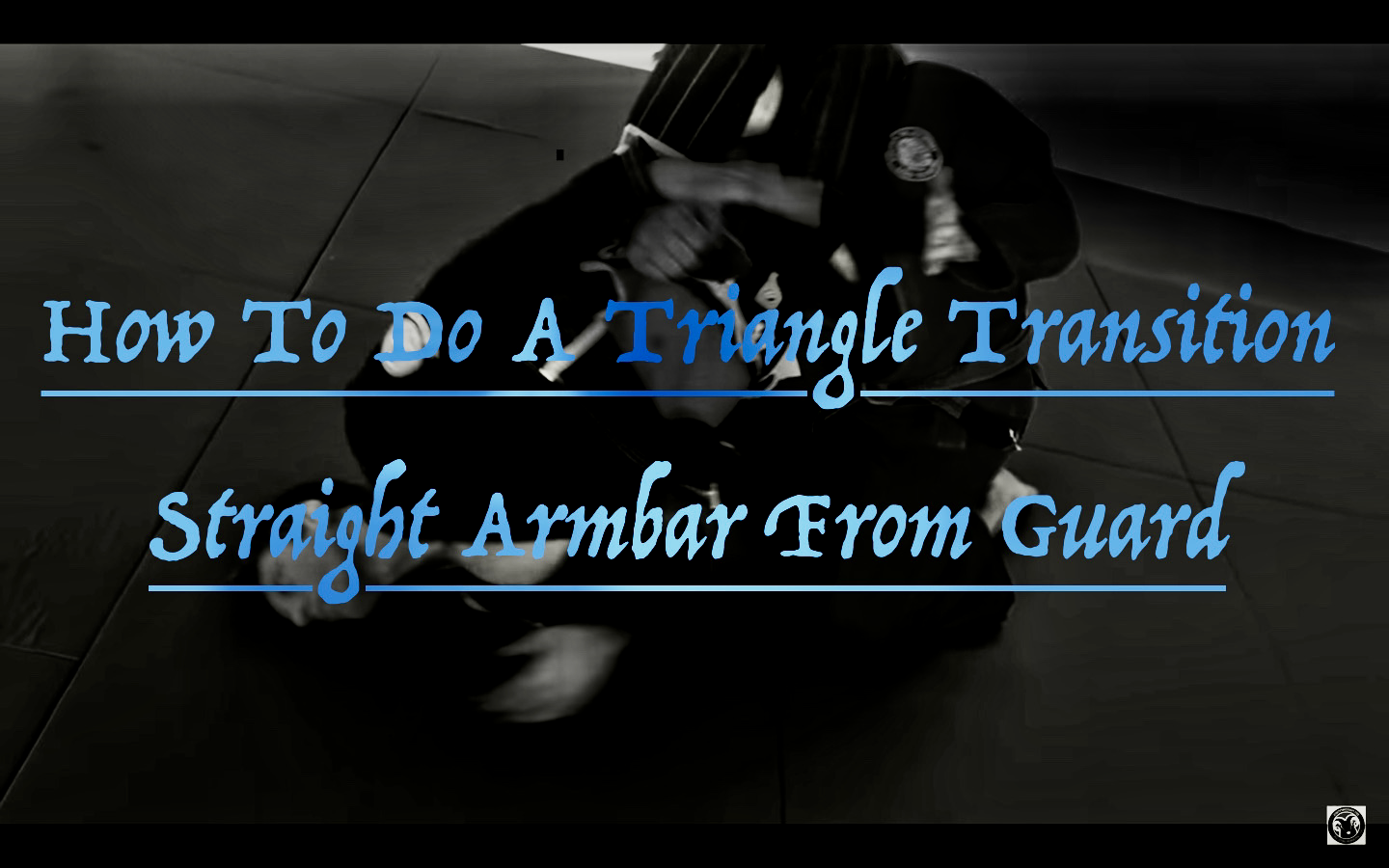
Brazilian Jiu-Jitsu has been compared to chess. While nobody ever got choked out during a chess match, the similarities are striking (no striking allowed in either chess or Jiu-Jitsu). In both games, you could easily achieve your goal if the other player were not playing, or followed simple responses to all of your moves so that your far side arm bar from side control worked perfectly every time. But in both chess and BJJ, your opponent wants to beat you as badly as you want to beat them, so they will fight and do everything in their power to stop your strategy while furthering their own. While that’s what makes this sport fun, it can be frustrating to hit a move dead on in practice a hundred times only to have it easily countered while rolling. But there’s always a counter to a counter.
That’s why live rolling is so much more important to developing your BJJ game than just knowing techniques. Even an encyclopedic knowledge of BJJ submissions with no rolling isn’t as good as a shallow understanding with experience on the mat. In that same vein, having two options for an attack is crucial to success.
The first one of these two-for-one techniques that a BJJ fighter should learn is the triangle and arm bar from guard. The triangle from guard pairs perfectly with the arm bar. If your triangle attack is stopped, or you lose the trap you had on your opponent’s head, you still have control of their arm and the arm bar from guard is sitting waiting for you. The essential piece of this puzzle is called the diamond position, and you may recognize it as the step in the triangle from guard where you hang from your opponent’s neck like a scarf before you figure-four your legs.
Furthermore, learning this combination proves what many BJJ coaches will tell you over and over as your journey progresses: position before submission. Once you have the diamond position, a step in the triangle setup, you can branch off into the arm bar if your triangle is defended.
Start: Diamond position (closed guard with one arm and head in, one arm out) with opponent posturing up to counter triangle
Step 1: Open guard and drop foot of non- choking leg (on side with opponent’s arm trapped) to their hip
Step 2: Kick off hip to swing that leg over opponent’s head
Step 3: Grab opponent’s trapped hand and drive hips forward into elbow
Finish: Submission via Triangle Transition Straight Armbar From Guard
This submission is an essential BJJ technique included in the How To Get a Blue Belt in BJJ Series.
This great video is by Connection Rio Jiu-Jitsu Academy on Youtube.

